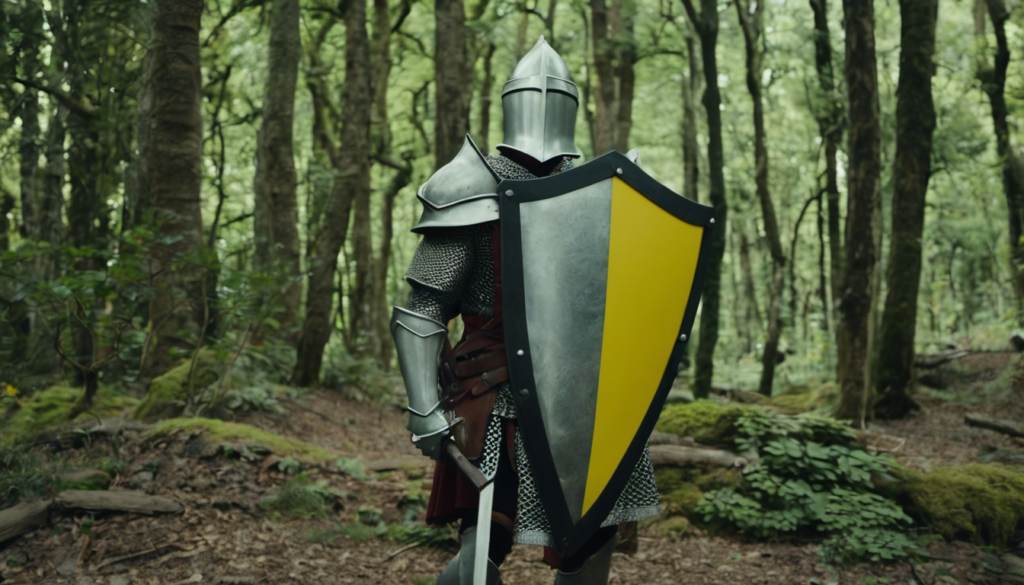Milon
Possibly one of the most interesting villains of medieval romance, Count Galoain makes his appearance in Chrétien’s Erec and Enide.
Galoain’s land bordered that of Guivret the Little and, on the other side, seems to have lain about a day’s ride from King Lac’s Outre-Gales: Erec and Enide reached it about noon on their second day, but on the first day out from his father’s kingdom Erec had had to fight off a total of eight robber knights, which must have taken some time.
One of Galoain’s squires, who was carrying lunch to the men mowing in the fields, stopped and gave it to Erec and Enide instead, completing his hospitality by finding them good lodging with one of Galoain’s townsmen, Galoain learned of this when he saw the fine horse (captured from one of yesterday’s robber knights) that Erec gave the squire in an exchange of generosity.

The count visited the couple and promptly fell in love with Enide. First, noticing something of the way in which Erec was currently treating her, Galoain proposed that she simply stay with him instead. When she heatedly refused, he threatened to kill Erec. Understanding, now, that she needed trickery to save her husband, she lied to the count, pretending to agree but begging him not to kill Erec at once, lest people blame her for it – let him, instead, send knights in the morning to seize her forcibly: Erec could then be slain in battle defending her.
She proceeded to let Erec have a good night’s sleep in ignorance before waking him early and warning him why they must leave without further delay, rather to the surprise of their host, who knew nothing of the treachery his lord planned. Barely were they on their way when a hundred of the count’s knights crowded into the townhouse to find them gone. At once Galoain set off with his men, breathing fire and promising signal favor to anyone who brought him Erec’s head.
When they caught up, Erec began by laying Galoain’s seneschal low, then encountered the count himself. This was a hard, if rapid, battle, Galoain proving himself the best opponent Erec had met so far; but our hero managed to run a yard or so of lance through his stomach and knock him from his steed. Recovering consciousness, the badly wounded Galoain saw how wickedly he had been behaving, forbade his men to continue the chase, and praised Enide for her prudent deception.
Chrétien adds that Galoain’s wound did not prove fatal and that he lived a long time after that. One hoped that he lived the rest of his life well. The lunch his squire had been taking to the field workers included rich cheese, fine white cakes, and good wine; this suggests that Galoain had already been treating his people well. (One further hopes that he or his squire soon sent a replacement repast to those field workers.)
Despite a certain incredulity when listening to his squire describe Erec and Enide, Galoain seems to have shown quite an acceptable level of courtesy until falling in love with Enide; indeed, his worst fault up to that point appears to have been vanity about his own good looks.
Chrétien remarks that his shield was painted yellow, but does not further describe it.
His counterpart in the Welsh Geraint is the Brown Earl. Renaut places him at the Castle of Maidens tournament, where he was defeated by Guinglain.
Sources
Erec | Chrétien de Troyes, late 12th century
Le Bel Inconnu | Renaut de Bâgé, 1185–1190
Erex Saga | 13th century
Image Credit
Count Galoain | Artist: Nightbringer/Pixlr (AI generated)
